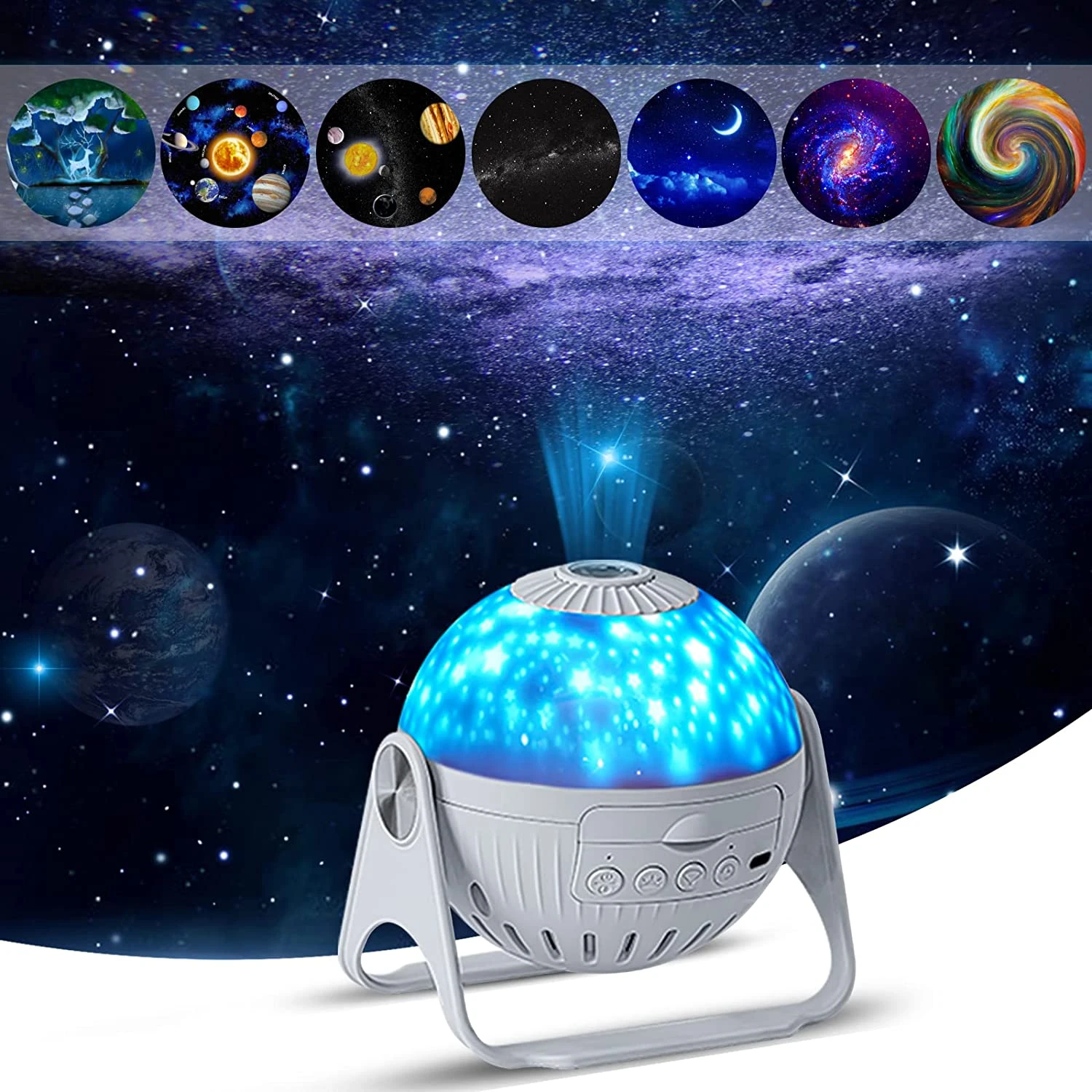The projection of stars and galaxies is a fascinating concept that has captured the imagination of people for centuries. The projection of stars and galaxies is not just limited to the night sky, but can also be created using a galaxy projector. In this article, we will discuss the science behind the projection of stars and galaxies, and how it is achieved using a galaxy projector.
The Science Behind the Projection of Stars and Galaxies
The stars and galaxies we see in the night sky are actually millions of light-years away from us. The light emitted by these stars and galaxies travels through space until it reaches our eyes, allowing us to see them in the sky. This process is known as light travel, where light travels through space at a speed of approximately 186,000 miles per second.
The projection of stars and galaxies is achieved by using a light source and a lens to create an image of the stars and galaxies on a surface. This process is known as projection, where a two-dimensional image of a three-dimensional object is created. In the case of galaxy projectors, LED lights are used as a light source, and a lens is used to create an image of the stars and galaxies on a surface.
The projection of stars and galaxies is achieved by using a lens to bend light rays.
The lens used in galaxy projectors is a convex lens, which means that it is thicker in the middle than at the edges. When light rays pass through a convex lens, they are bent towards the center of the lens. This bending of light rays allows the lens to create an image of the stars and galaxies on a surface.

The lens used in galaxy projectors is placed between the LED light source and the surface onto which the image is projected. The light emitted by the LED lights passes through the lens, which then bends the light rays to create an image of the stars and galaxies on the surface. The distance between the lens and the light source, as well as the distance between the lens and the surface onto which the image is projected, can be adjusted to create a clear and focused image.
How a Galaxy Projector Works?
A galaxy projector works by projecting a starry night sky effect onto a surface using LED lights and a lens. The LED lights emit light in different colors, creating a dynamic and mesmerizing effect. The lens is used to create an image of the stars and galaxies on a surface, creating the illusion of a starry night sky.
Galaxy projectors often come with different settings, allowing you to adjust the color and brightness of the stars and galaxies to your liking. Some projectors also come with additional features, such as rotating projections, Bluetooth connectivity, and Wi-Fi connectivity.
The projection of stars and galaxies using a galaxy projector is not just limited to creating a calming and relaxing atmosphere. It can also be used for educational purposes, allowing people to learn about the stars and galaxies in an interactive and engaging way. It can also be used for artistic purposes, creating unique and mesmerizing displays for events and performances.
In conclusion, the projection of stars and galaxies is achieved by using a lens to bend light rays and create an image of the stars and galaxies on a surface. Galaxy projectors use LED lights and a lens to create a starry night sky effect, allowing people to create a calming and relaxing environment in their homes. The science behind the projection of stars and galaxies is fascinating and can be used for educational and artistic purposes.